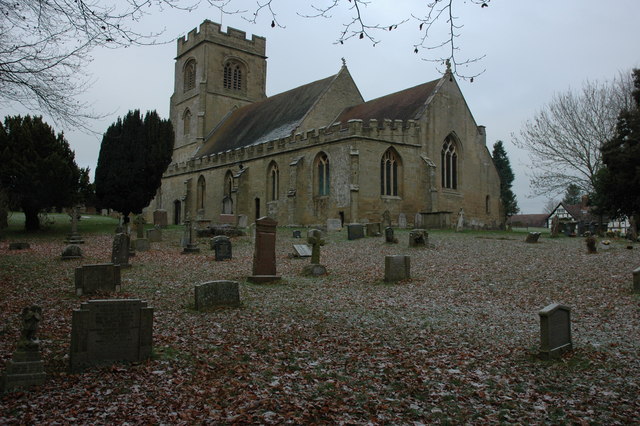A trip out last Saturday morning saw me visit four churches on the Surrey/Kent Border
The Parish Church of St Mary the Virgin, Westerham
It is thought that there has been a church on this site since the 7th century however the earliest parts of the present building date from the 13th century (the tower and center east wall).
In the tower can be found a late 14th century wooden staircase, one of only two spiral staircases from this era in England that twist to the left.
In the 14th century two chapels were added - St Katherine's to the south and the Resurrection Chapel to the north.
The Church registers record the baptism of General James Wolfe (who was
born in the Old Vicarage) and three of Sir Winston
Churchill’s grandchildren in this same font which dates from the 14th Century.
The church contains a memorial window dedicated to major General James Wolfe who was born in Westerham and won won victory over the french at the battle of Quebec in 1759. The window dates from 1909 and was constructed in the William Morris workshop after a design by Edward Burne-Jones.
Holy Trinity Church, Crockham Hill
According to its website the church was built in 1842 at the sole expense of Mr Charles Warde, of Squerryes Court in Westerham. Construction
of the church was entirely of local stone
quarried from Limpsfield, Chiddingstone and Crockham Hill itself, and
the work undertaken by a Mr Thomas Horseman and his son who lived at
Masons’ Cottages – now 2, Church Gates (at the entrance to the lane
leading to the church) where all the stone was cut.
Octavia Hill was
a great Christian housing reformer and co-founder of the National Trust
who, in 1884, came to live at Larksfield, a cottage she and Harriot
Yorke built on the edge of Crockham Hill Common. With a passion for the
countryside, she argued eloquently for the preservation of open spaces,
fought to keep footpaths open, and personally saved many vantage points
along the Greensand Ridge where others could experience what she called
‘the healing gift of space’. When she died in 1912 Octavia Hill was
buried alongside her sister Miranda under a yew tree near the top of the
steps to the south of this church.
She is also commemorated with a marble
effigy in the chancel to the left of the altar. This was partly executed
by an American sculptress named Miss Abbott, who lived at nearby
Jacob’s Ladder, but was completed by Edmund Burton, and installed in
December 1928.
The Octavia Hill memorial window (to the right of the main door) was a
gift of the Orpington and Chislehurst National Trust Centre in 1995 to
mark the Trust’s centenary. Designed by Alfred Fisher of the Chapel Studio in Kings
Langley, Hertfordshire, it represents the dark side of inner city life
which Octavia worked to eradicate, and the brighter prospect of the
countryside which she bequeathed to future generations via the National
Trust. A portrait of Octavia Hill, and the oak leaf symbol of the
Trust, are both evident in the window's design.
St Andrew's Church, Limpsfield Chart
The church
dates from 1895 generally and was to the design of Reginald Blomfield; it
was built by Messrs Durtnells of Brasted. The whole
building is of local warm buff-coloured Wealdstone Sandstone with white
stone dressings.
The tower was added in
1902 and the new vestries about 1960.The tower has diaper work of rubble and dressed
stone above a stone string course.
A view inside the church towards the chancel
St Peter's, Tandridge
The Church is sited on rising ground
close to Tandridge Lane just north of the junction with Jackass Lane. It
was originally built in the 12th century and contains Norman and Medieval elements but the general outward appearance
is Victorian. It was enlarged in 1844 by the addition of the south aisle, taking away the
tower screening and moving and reincorporating the I4th Century doorway
in the new position of the porch.
A much greater reconstruction was undertaken in 1874 by the famous
Victorian architect, Sir George Gilbert Scott, then residing as a tenant
of Rook's Nest, a major house in the parish, and the church was given
its mainly Victorian Gothic appearance, together with the north aisle
and the somewhat unusual dormer windows.
The most striking feature of the church is the timber tower which, with
extra bracing added over the years consists of four massive oak pillars
supporting the clock chamber, bell chamber and shingled spire. The nave
roof built at the same time is of Early English coupled rafter
construction, which dates them both around 1300 AD, but the trees that
supplied the tower posts would already have been several centuries old.
Unfortunately it was the only one of the four churches I visited that was locked.
In the churchyard is a very old Yew tree -

























